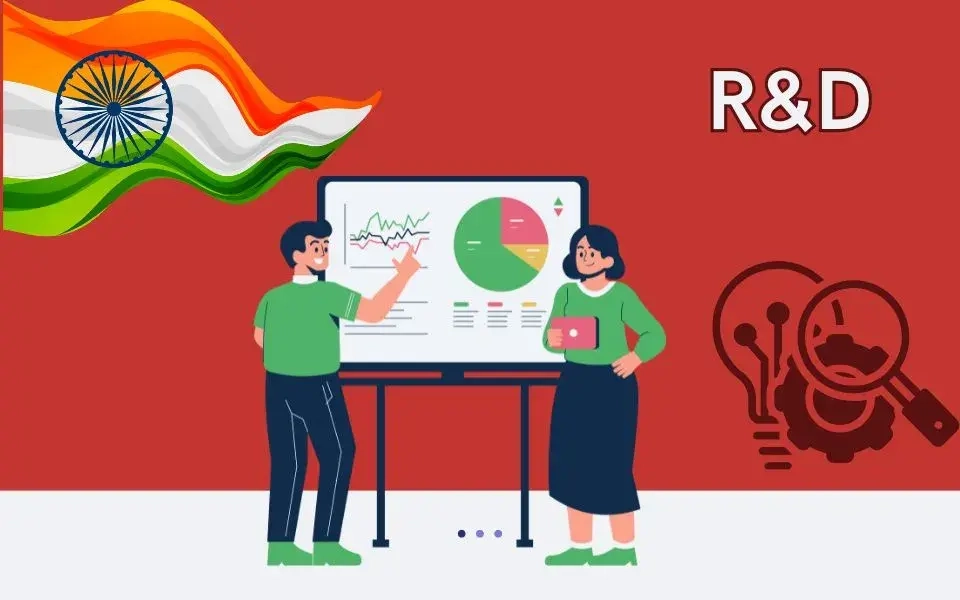
Did you know that Fintech is one of the fastest-growing sectors? Well yes, it is and as per data from NASSCOM, globally the industry is estimated to soon touch $45 billion with a growth rate of 7.1%.
The COVID-19 worldwide crisis is affecting every industry differently, and FinTech is no exception. But, as the world shifts from “respond” to “recover” to “resurrect”, and economies shifts from crisis mode, new opportunities will be created for FinTech. It is an opportune time to think big, be agile and act boldly. The key question though is how FinTech industry will seize the new opportunities post the pandemic using their unique assets and skills.
What we are facing are:
- We are headed towards a Global Recession.
- There’s an unprecedented rise in the unemployment: Highest since 2010.
- The Capital Markets are flipped on their heads overnight.
- Global production has halted. The supply chain has been disrupted too.
- MSMEs are floundering for cash and capital.
- Liquidity is a challenge for most businesses.
- It’s a Make or Break for large organisations.
- Lockdown, social distancing, touch-less technology, digital and online – a new way of being is staring at us in our face.
In India, Fintech is in early stages of evolution due to a large proportion of the population having limited or no access to banking. In November 2016, demonetization gave this industry a shot in the arm as the event became a catalyst for moving from traditional to digital payments. With a country having the world’s second-largest unbanked population, Fintech has a crucial role to play in enhancing awareness, addressing the credit gap in MSME segment and bringing a larger population to be part of formal financial system.
While on one side there is the challenge of limited or no access to banking, on the other side, the industry since mid-2019, has also been facing challenges due to scarcity of funds and economic slowdown in the country. To top it up we now have Covid-19, which has been merciless in its impact on all countries and sectors. With vast geographical dispersion, non-availability of access to internet and smartphones/ computers to a large population, and limited government interventions for the MSME sector, the challenges become unique for India.
An instance: A large section of India still is a ‘cash economy’. However, even in organised sectors, where the money is distributed digitally, most recipients still withdraw cash for spending. This is often because mobile money agents are local shopkeepers who prefer taking cash as opposed to processing digital payments that eat into profits. Lowering or removing merchant processing fees would help push the process towards one that is entirely digital, at least in the organised sectors. Then the next push, of course will need to be on banking and internet access for all.
Fintech Industry is also facing a tough task of meeting the expectations from consumers, who are looking for solutions to fill the credit gap and round the clock service. It’s true that public and private funding has contracted, which is threatening early-stage fintechs. Financial investment in this sector will need to rise exponentially with acute focus on fewer assets delivering better profitability. There will emerge interesting opportunities for investment and consolidation – with more buyer-friendly pricing and terms. Strategic acquirors will be on the hunt for fintechs that provide access to new customer segments or product capabilities. After an initial fight to protect employees, customers and local communities, the fintech sector is now coming through the crisis comparatively well.
The virus has brought about a powerful shift in reality; in addition to the effects that the virus has had on our personal lives, companies in every industry are being forced to find new ways of operating on every level. All things considered, the paradigm shift is creating opportunities for the fintech that allow them to better position the innovative proposition to contactless transactions, supporting clients, building connections, credit and finance, and making arrangements for the future. It cannot replace all aspects of human interactions, but with its agility, use of technology to reduce human intervention and anytime-anyplace service is best placed in creating solutions in the new normal.
All signs point to fintech being a standout sector during the coronavirus pandemic and beyond. COVID-19 has accelerated secular trends already underway – pushing larger swathes of the population online, large digital payment platforms have flourished, and the most effective businesses are pivoting towards fintech use-cases in highest demand – and the sector is well positioned for the new global reality that is starting to emerge.
Access and agility: SMEs have been hit hard by the COVID-19 pandemic with reduced demand, disrupted supply chains and worsening lack of finance. Even before the coronavirus outbreak, traditional lending models have long been a barrier to accessing finance for SMEs. This financing gap will likely widen significantly following the pandemic. Lending fintechs are being inundated with customer requests for forbearance and relief, as well as for help in securing the small business loans.
A faster, easier, more cost-effective and more transparent model of lending can unlock finance and drive economic recovery for the SMEs. The power of technology can address this need of agility and access by using advanced analytics platforms and artificial intelligence to assess transactional and alternative data, giving fintech lenders a much deeper understanding of SMEs to establish businesses’ creditworthiness, evaluate risk more easily, and issue loans in short period of 1-2 days. These new, innovative, data-and artificial intelligence-led solutions are better positioned to serve SMEs’ financing needs, lead them out of the imminent financial crisis, and unlock their potential.
This will just be the start. Partnerships which foster the exchange of data are extremely important for the future of digital SME lending: regulators, tech giants, SME service providers, insurers, credit agencies, banks, financial institutions or alternative lenders in other sectors all have a responsibility to collaborate in order to close the SME credit gap. Together, along with government stimulus packages, these partnerships can help to combat the economic effects of coronavirus on SMEs.
A concerted push for contactless systems– There’s naturally been a lot of focus lately on ways to reduce exposure to surfaces where the virus may be lurking. The targets of this focus are:
- Paper money, which changes hands many times over. The World Health Organization has specifically encouraged the use of contactless payments.
- To move the customer interactions to online channels to further reduce any human interactions, without any disruption of service. Application, KYC, approvals, disbursements, consulting on finances etc. can move to an online platform and all interactions and validations can take place via tele/video calls.
- Create touch-less technology for interactions between humans and between humans and machines for payments and other aspects.Zaggle a Fintech found its sweet spot in this COVID-19 outbreak opportunity and is offering prepaid card services and virtual cards.
The pandemic could very well act as an impetus for greater adoption of these systems and payment- and wealth-focused Fintech are in strong positions for growth. Time for then to bolster their infrastructure by expanding capacity or investing in new resources to withstand the stress to their systems from higher transaction volumes.
Companies will make digital systems a priority – As communities continue to promote self- isolation as a means of slowing the spread of the virus and businesses shift to remote work, banks will need to find ways to incorporate better digital solutions. Fintech are well-positioned to step in to offer solutions to replace legacy systems.
Personal financial dashboards – Consumer today is battling with multiple banks and interfaces and relying on their Excel skills to get a dashboard on personal finances. Today the entire system of clearing and settlement is all archaic technology. With the world moving to online transactions, Fintech companies can create value add product giving their customers a financial dashboard to review their balances from multiple bank accounts, pull the money and push the money in real-time.
Supporting Government relief – Companies in the sector may also help in government’s initiative of extending support/ relief to the citizens using the platform – this is even relevant to the large population who does not have access to banking.
The COVID-19 pandemic has caused intense distress in our communities and it is impossible to know yet precisely how the future will unfurl. For the present, the crisis appears to spur global investment in contactless payments and computerized monetary arrangements, which is uplifting news for fintech. This sector can emerge stronger from this difficult period, with a renewed focus on innovation and fundamentals. Along the way, this will create opportunities for strategic investors – if they can react quickly to market dislocation and think beyond the horizon.
Kriti Makhija
Chief Financial and Compliance Officer, Genesis BCW Pvt. Ltd.
Advisory Board Member, Nasscom Community
Views expressed are personal































